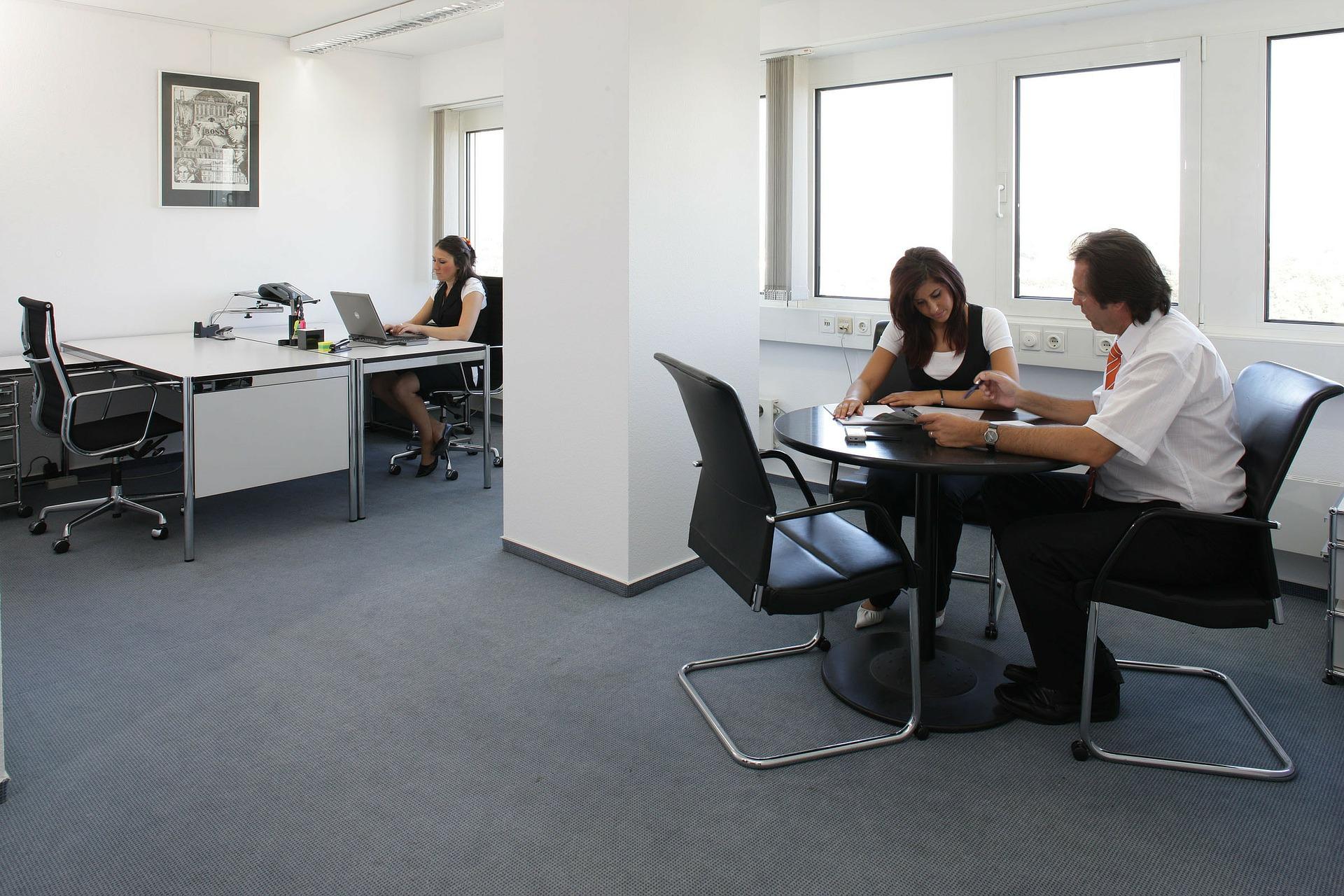7 Ways Workers Can Have an Open-Door Policy Without Going Crazy

For managers, an open-door policy means employees feel free to approach them at any time with questions or concerns. For employees, an open-door policy is no longer a choice, since open-plan offices have removed cubicle walls in many workplaces. While “collaboration” is now the buzzword of almost every workforce, it comes at the expense of productivity.
One study found that interruptions cost the U.S. economy $588 billion each year. Even the shortest conversation with a coworker forces an employee to shift focus to something else, then requiring at least a few minutes to refocus on the task at hand. The key is to find a way to minimize those distractionsduring your most productive times, while still remaining open to discussions with your coworkers. Here are a few ways you can maintain a productive workday with an open-door policy.
1. Be proactive.
Instead of sitting in your office, waiting for coworkers to come to you, consider making a lap around the office every morning. Stop and check in on every team member who might have a reason to talk to you that day. You can then have those conversations before you dive into the important work of the day. You may still have the occasional guest, but you’ll at least get a few conversations out of the way.
2. Start early or work late.
There’s a reason you still see people at their desks when you’re leaving the office for the day. It’s the same reason you see people already hard at work when you arrive in the morning. Consider adjusting your workday to allow you to be at your desk an hour or so before or after everyone else is at their desks. You’ll find those can be the most productive minutes of the day.
3. Set a designated time.
An open-door policy doesn’t mean employees are free to roam in and out of your office at whim. When someone stops by and you’re busy, simply ask that they come back at a designated time. Better yet, invite your teammates to request a meeting when they want to discuss something. If they can schedule through your assistant or access your calendar to find free time, they’ll be able to choose a time that is convenient for both of you.
4. Find private space.
Even the most open office has areas where employees can work quietly when necessary. This may not be a daily option for you, though. If possible, spend part of each day working at home, going into the office once you’ve finished the work that needs the majority of your concentration.
5. Make a date.
If your lunch break is free, invite some of your more talkative coworkers to join you at a nearby restaurant. You’ll both get a break from the office and you’ll be able to get those conversations out of the way during a time when you wouldn’t be working anyway.
6. Turn off email notifications.
Most people can’t work these days without some notification interrupting them. Email notifications and phone calls pull you out of your work, taking your focus off of what you’re doing. To be fully productive, disable those email notifications and silence your phone, then work for stretches of time before checking everything. You’ll likely find your colleagues and clients can wait a half hour or more for a response.
7. Plan for interruptions.
If you work in an office, chances are you’ll be interrupted throughout the day. If you can plan for those interruptions and accept them, you’ll be less frustrated. Pay attention to when your coworkers seem to be most active and try to plan less focus-intensive work for those periods throughout the day.
An open-door policy can improve morale and productivity, prompting employees to collaborate and freely share concerns. However, it can also cut into your focus throughout the day, with constant interruptions making it impossible to get anything done. By following these tips, you can find the quiet you need to focus on the task at hand without completely cutting yourself off from the colleagues who want to speak to you.
This article originally appeared on Entrepreneur.com.



